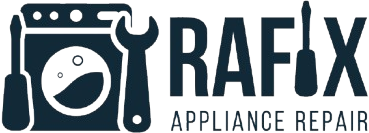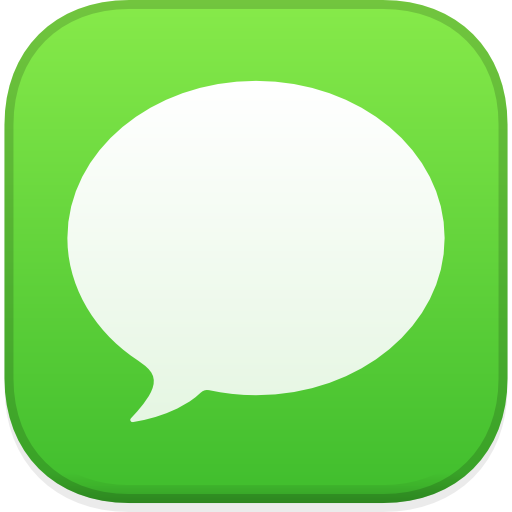Service Detail
Refrigerator
Keep your food fresh with a fully functioning refrigerator - don’t let cooling issues spoil your groceries. Our expert technicians quickly diagnose and repair all refrigerator brands and models.
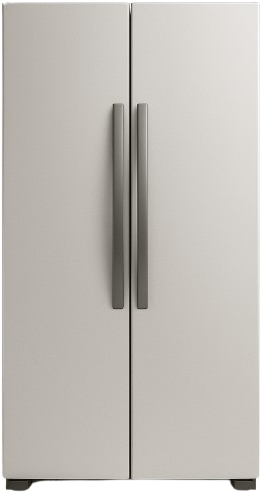
Dryer
A broken dryer can leave you with damp clothes and daily inconvenience. We specialize in fast, reliable dryer repairs to get your laundry routine back on track.
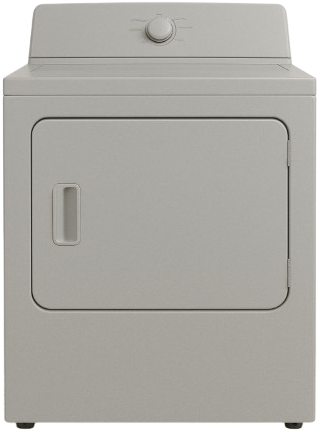
Freezer
When your freezer fails, frozen goods can quickly go to waste. Count on us to restore optimal freezing performance with professional, efficient service.
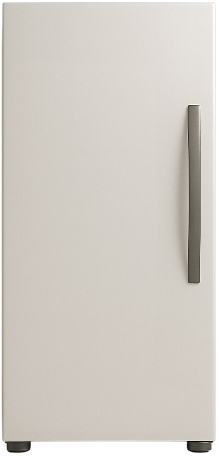
Dishwasher
Stop handwashing dishes due to a faulty dishwasher. Our technicians repair leaks, clogs, and electrical issues so your kitchen stays hassle-free.
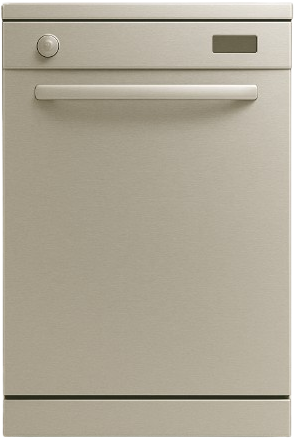
Washer
A malfunctioning washer can disrupt your entire home schedule. We fix all types of washer problems—from drainage issues to spin cycle failures.
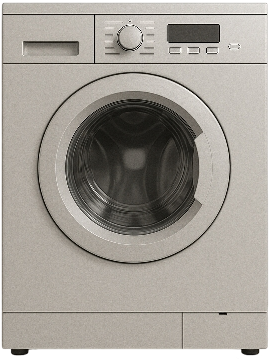
Oven
Whether it won’t heat or cooks unevenly, a broken oven can ruin mealtime. Our team delivers prompt oven repairs to restore your cooking confidence.
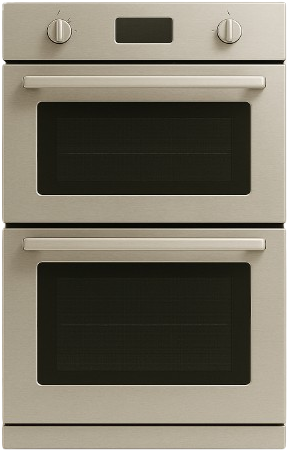
Stove
If your stove burners won’t ignite or heat unevenly, we’re here to help. We service electric and gas stoves with safe, expert care.
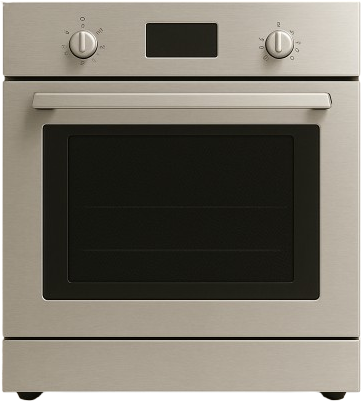
Cooktop
From unresponsive controls to cracked surfaces, we handle all cooktop repairs. Let us restore the smooth cooking experience you rely on.
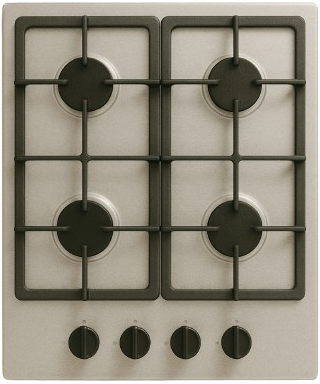
Microwave
Microwaves are essential for quick meals—until they stop working. We fix heating, sparking, and control panel issues efficiently and affordably.
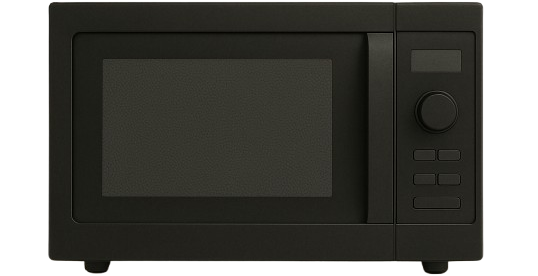
Ice Machine
No ice? No problem. Our professionals repair all residential and commercial ice machine models to ensure continuous, clean ice production.
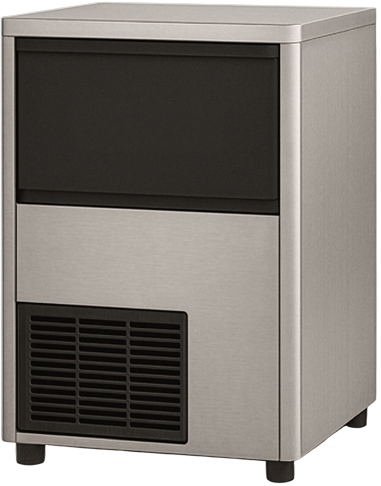
Wine Cooler
A faulty wine cooler can affect your wine’s flavor and quality. We repair temperature and compressor issues to protect your collection.
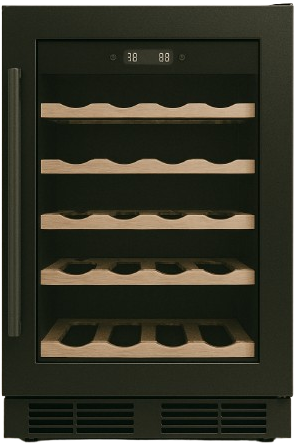
Vent Hood
A non-functioning vent hood can leave your kitchen smoky and greasy. We’ll restore proper ventilation with fast and reliable service.
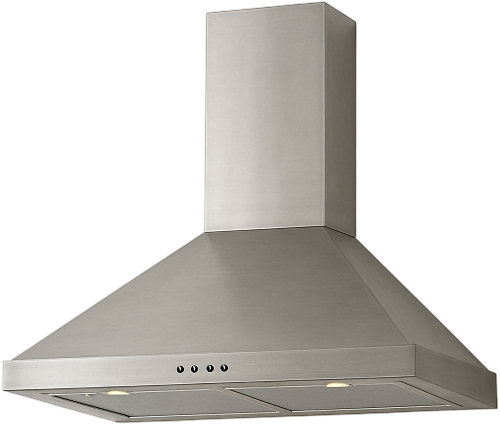
Garbage Disposal
Strange noises or clogs in your garbage disposal? We provide quick diagnostics and repairs to keep your kitchen running smoothly.
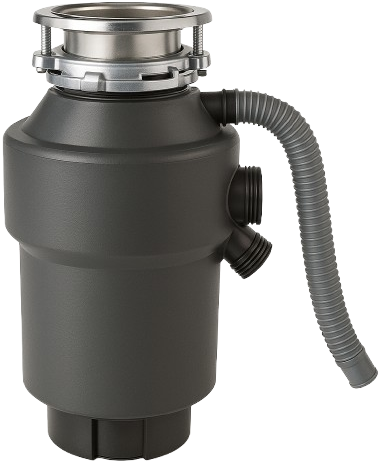
 +1(346)220-2161
+1(346)220-2161